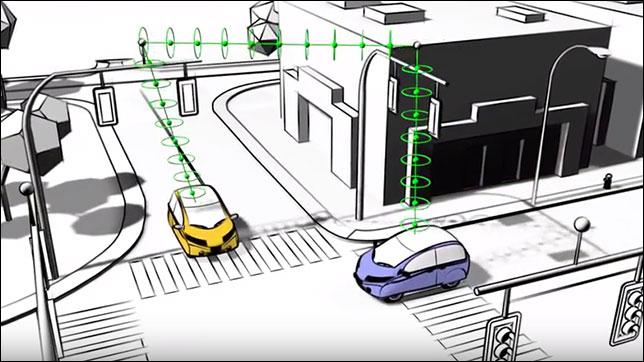As 2016 comes to an end, we’ve asked our top technologists to share their predictions and insights about the most disruptive tech trends that lie ahead. As part of our Tech Trends 2017 series, Amit Jain of Verizon Telematics shares his predictions about how the smart car trend will accelerate in the coming year.
1. Existing cars will become more like smart cars.
Obviously, the next year will get us closer to autonomous vehicles. But there will also be a harder push toward autonomous features in the vehicles we’re driving today. We’re already seeing safety features such as automatic braking assistance and lane departure warnings in new cars. But what about the millions of cars that are already on the road, and will be for years?
Right now we’re trying to bring some of those new-car safety features to vehicles that are currently in use, in addition to more of the infotainment features that we’ve seen trending in the past few years. One feature we’re excited about is the ability to put low-cost cameras or even mounted smartphones in cars that will sound an alarm when drivers veer over the middle line.
In addition to safety features, the other big trend is car sharing, both on the consumer and commercial sides. Consumers are going to want the option of capabilities that make car sharing easier and more convenient.
2. The convergence of smart cars and smart cities.
Soon, our cars will be able to communicate with the infrastructure around us, which will be a big feature of smart cities. A good example of this is traffic signals. The way most of them work now is based on time elapsed—30 seconds, a minute, two minute intervals—and then the signals are switched. Imagine when there’s full communication between the infrastructure and every vehicle. The signals will change based on the traffic flow rather than time elapsed. We’ll no longer have that frustrating experience of just sitting there, the only vehicle in sight, waiting for a two-minute traffic signal to change. This kind of technology is already being tested in controlled environments such as the University of Michigan campus, and other pilot areas that we’re participating in.

Watch this video of the 32-acre “mini-city” designed for testing connected and automated vehicle systems taking shape on the University of Michigan’s North Campus.
3. Fleet optimization
On the enterprise side, the future is leaning toward mobile resource management. Companies are starting to look beyond just fleet optimization but into every aspect of their resources. For example: How do you optimize all your mobile resources, including workers and drivers?
The biggest mobile resource cost is labor. There will also be big advances made toward more effective asset tracking and management. As systems become cheaper and more mainstream, we’ll see asset-tracking solutions that are going to help make the entire supply chain more efficient, making it more consumer-friendly, because consumers will get faster deliveries. Certain cities already have same-day package delivery, but in 2017 we’re going to see that going wider and becoming more efficient both for companies and consumers.
Leading these disruptive trends in 2017 requires the best talent. Our technology team is looking for people who push the boundaries in core areas, such as Artificial Intelligence, Internet of Things, and Network Engineering.
PR Archives: Latest, By Company, By Date